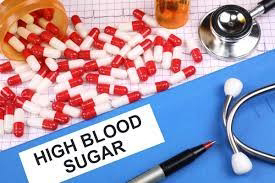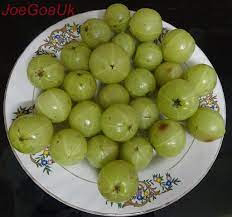During pregnancy, maintaining a balanced and nutritious diet is essential to support the health and development of both the mother and the growing baby. Eating a variety of nutrient-rich foods can provide the necessary vitamins, minerals, and other essential nutrients needed for a healthy pregnancy. In this comprehensive guide, we'll explore 20 foods that are beneficial for pregnant women, along with tips on how to incorporate them into a well-rounded diet.
### 1. Leafy Greens
Leafy greens such as
spinach, kale, and Swiss chard are excellent sources of
folate, a B vitamin that is crucial for fetal development. They are also rich in iron, calcium, and fiber, which are important for maintaining maternal health during pregnancy.
### 2. Eggs
Eggs are a versatile and nutritious food that provides high-quality protein, vitamins, and minerals. They are particularly rich in choline, which is essential for brain development in the fetus.
Salmon is an excellent source of omega-3 fatty acids, which are important for the development of the baby's brain and eyes. It also provides protein and vitamin D, which are essential nutrients for pregnant women.
### 4. Greek Yogurt
Greek yogurt is a rich source of calcium and protein, which are important for bone health and growth. It also contains probiotics, which can help support digestive health during pregnancy.
Berries such as strawberries, blueberries, and raspberries are packed with antioxidants, vitamins, and fiber. They provide essential nutrients while satisfying sweet cravings in a healthy way.
Avocado is a nutrient-dense fruit that is rich in healthy fats, vitamins, and minerals. It provides folate, potassium, and vitamin C, which are all important for a healthy pregnancy.
### 7. Lentils
Lentils are a great plant-based source of protein, iron, and folate. They are also high in fiber, which can help prevent constipation, a common issue during pregnancy.
Lean meats such as chicken, turkey, and lean beef are excellent sources of high-quality protein and iron. Iron is important for preventing anemia, which is common during pregnancy.
Sweet potatoes are rich in beta-carotene, which is converted into vitamin A in the body. Vitamin A is important for fetal development and can help support immune function in both the mother and baby.
Nuts and seeds are nutrient-dense foods that provide healthy fats, protein, fiber, vitamins, and minerals. They are particularly rich in folate, magnesium, and zinc, which are important for a healthy pregnancy.
### 11. Whole Grains
Whole grains such as oats, quinoa, and brown rice are rich in fiber, vitamins, and minerals. They provide sustained energy and can help regulate blood sugar levels during pregnancy.
### 12. Dairy Products
Dairy products such as milk, cheese, and yogurt are excellent sources of calcium, protein, and vitamin D. Calcium is important for bone development in the fetus, while vitamin D helps the body absorb calcium.
### 13. Broccoli
Broccoli is a nutrient-dense vegetable that is rich in folate, vitamin C, and fiber. It also provides antioxidants, which can help protect against oxidative stress during pregnancy.
### 14. Beans
Beans are a rich source of protein, fiber, iron, and folate. They are also low in fat and cholesterol, making them a healthy choice for pregnant women.
### 15. Oranges
Oranges are packed with vitamin C, which is important for the development of the baby's immune system. They also provide fiber and hydration, which are important for overall health during pregnancy.
### 16. Lean Beef
Lean beef is an excellent source of high-quality protein, iron, and B vitamins. Iron is important for preventing anemia, while B vitamins are important for energy production and metabolism.
### 17. Spinach
Spinach is a nutrient-dense leafy green that is rich in folate, iron, and vitamin K. It also provides antioxidants, which can help protect against oxidative stress and inflammation during pregnancy.
### 18. Quinoa
Quinoa is a gluten-free grain that is rich in protein, fiber, and vitamins. It provides essential nutrients while helping to stabilize blood sugar levels and promote satiety.
### 19. Bell Peppers
Bell peppers are rich in vitamin C, vitamin A, and antioxidants. They provide essential nutrients while adding flavor and color to meals.
### 20. Chia Seeds
Chia seeds are a nutrient-dense superfood that is rich in omega-3 fatty acids, fiber, and protein. They provide essential nutrients while promoting digestive health and satiety.
### Conclusion
Incorporating a variety of nutrient-rich foods into your diet is important for supporting a healthy pregnancy and the development of your baby. By including foods like leafy greens, eggs, salmon, Greek yogurt, berries, and avocados in your meals, you can ensure that you're getting the essential nutrients needed for a healthy pregnancy. Additionally, be sure to stay hydrated, avoid
alcohol and certain foods that may pose risks during pregnancy, and consult with your healthcare provider for personalized nutrition recommendations. With proper care and attention to your diet, you can support a healthy pregnancy and give your baby the best possible start in life.
Labels: care, love, pregnancy, pregnant, women health


















































